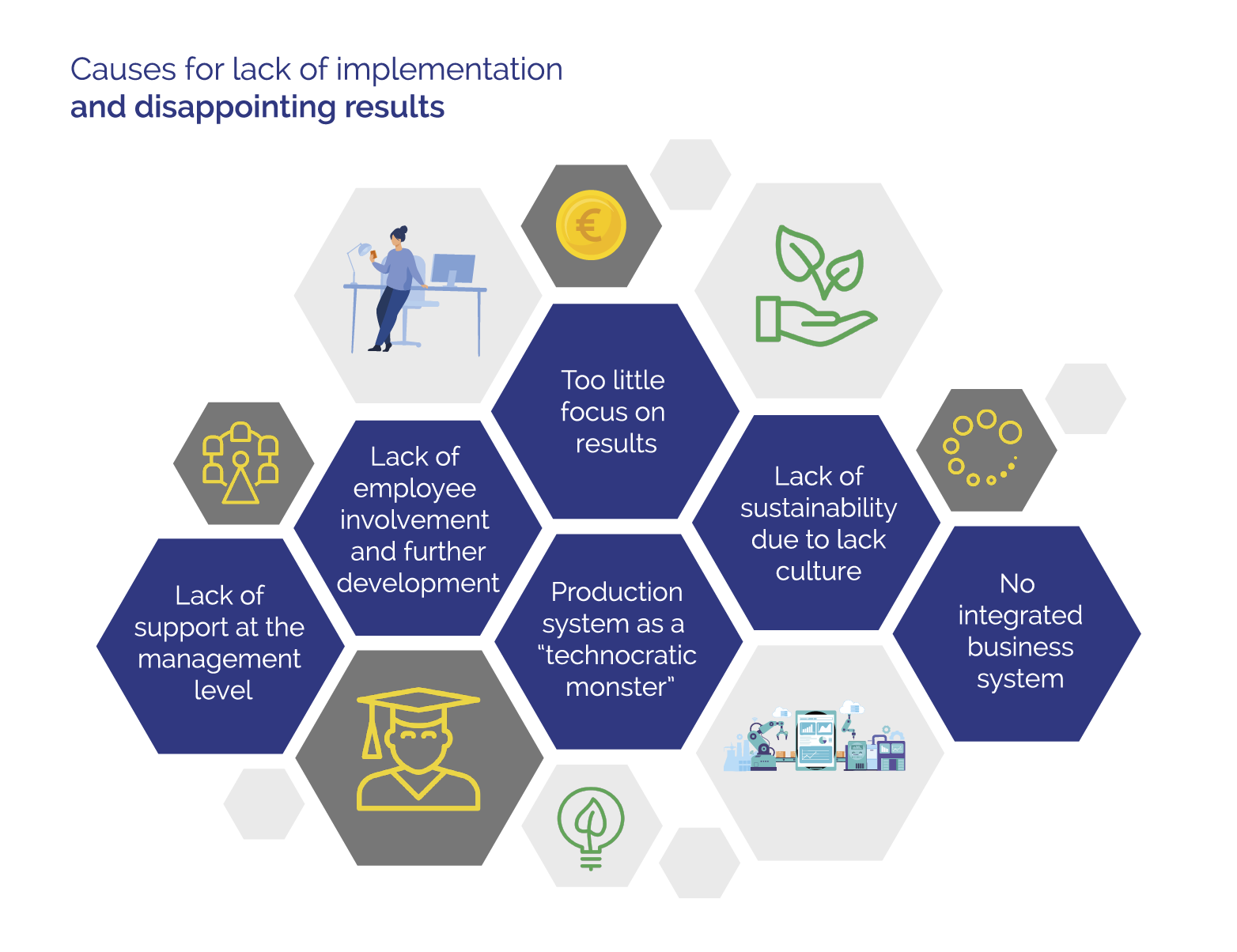Why so many companies are dissatisfied with their production system and how this can be changed
Efficiency in production and in all operational areas is one of the key success factors for companies. Many companies have therefore developed their own production system. The goal: high productivity through fast, error-free processes at optimized costs. In other words, productivity is based on speed, quality and consistent cost management. The design of these individual production systems with their own principles, methods and tools differs greatly from one another in some cases. Companies also vary in their success in implementing their production systems and this even applies to plants and production sites of the same company. ConMoto’s research shows that more than 70 percent of companies are not completely satisfied with the degree of implementation achieved and the concrete results, for example in terms of costs, quality or delivery service. In the following, we analyze problems and show starting points for improvements. The goal is for your production system to make a measurable contribution to increasing EBIT.

Lack of support at the management level
When introducing a new production system, motivation is high at all levels in the company – from top management to the shop floor. Over time, however, it is precisely the support from above that is weakening as other issues come to the fore, such as the on-going commodity crisis and the energy crisis. This results in a missed opportunity to adapt the production system to cope with the crisis, potential improvements are no longer the focus of management and employees also begin to neglect work on the production system.
Lack of employee involvement and further development
The most important element of a production system is the idea of continuous improvement. However, this is only possible if approaches from other companies are not simply adopted blindly when introducing a production system; very few companies achieve this. In this context individual adaptation and further development are key success factors. Only companies that get regular feedback from the customers of their production system, i.e. from employees and team leaders in the operational areas, will be able to design a living production system, which produces good results in the long term and corresponds to their own corporate DNA.
The production system as a technocratic monster
Japanese technical terms, dry Excel tables, boring PowerPoint battles inspire at most a small part of the team. A mature methodology makes sense, but only if it reaches all employees and does not degenerate into a hodgepodge of terminology. A successful production system is as simple and understandable as possible. What motivates employees are the positive results that the system brings and the appreciation that employees receive for their contribution to its implementation: This includes feedback that is taken seriously, gamification or an innovative reward system.
Too little focus on results
Production systems are based on a philosophy such as the elimination of waste and associated principles such as flow, takt, pull or zero defects. However, change will not occur with rhetoric and 5-S workshops alone. It requires coordinated, realistic and clearly formulated goals (Hoshi-Kanri), defined responsibility in the areas (not the employees of the production system) and a permanent target-performance comparison. It is not the principles on which a production system is built that are crucial, but the results it produces – and these must be continuously monitored. The results achieved must be understandable and transparent and have to be communicated to all stakeholders. Only then will a motivating, self-reinforcing work and design process emerge.
Lack of sustainability due to lack of culture
Achieved improvements rarely remain stable? Employees fall back into old habits? People often complain that the production system has not yet been internalized and is not part of the work culture. Anchoring this culture in the organization succeeds through daily active action. The responsibility for this cannot be shifted to the employees – establishing culture is a management task.
No integrated business system
Many companies stop at the direct areas in production when implementing the production system. In isolated cases logistics and adjacent areas are partially optimized. However, full performance can only be achieved if all indirect areas are also integrated in the production system – value creation is a process! Successful companies develop an integrated business system that applies the principles in all areas of the company.
The full power for your production system
Rising energy costs, raw material crises, technological leaps, new competitors and changing business models present companies with a variety of challenges. Is your production system up to date and does it help you to master these challenges flexibly? Take the chance now and put your production system to the test. ConMoto takes you step by step along the path to a production system that meets your individual requirements and sustainably increases the productivity and profitability of your company.



 Deutsch
Deutsch